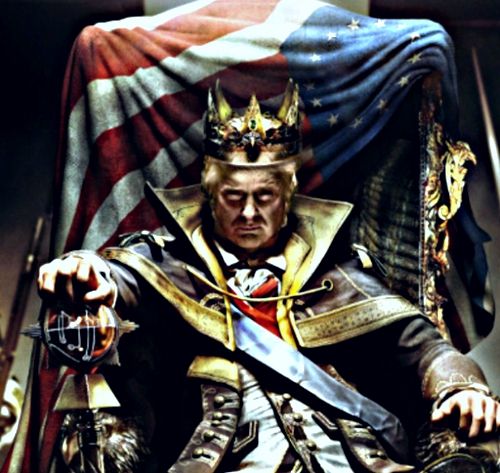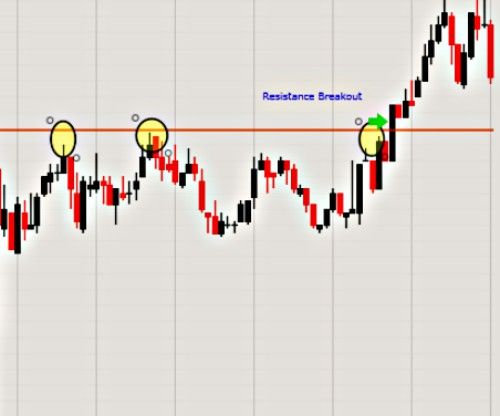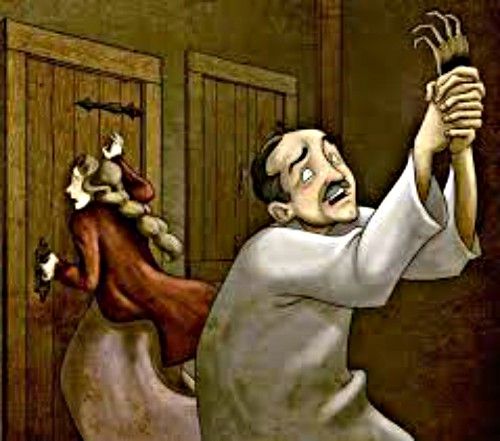
It is becoming apparent that Donald Trump has very little chance of being elected in November. It’s hard to call his actions missteps when his latest revamping of his campaign staff seems to indicate a belief on his part that his problems stem from too much restraint in the name of unifying the party. Perhaps it was the publication last week of two open letters from the Republican Establishment that led Mr Trump to conclude that he should stop trying to please the Establishment wing of the party if this was the thanks he would get. In this letter, Republican legislators and campaign officials appealed to Reince Priebus, head of the Republican National Committee, to stop all financial support of the Trump campaign, and instead devote all financial support to Senate and House races. The signees believe that Trump may cost the Republicans their current majorities in both the House and the Senate. By contrast, this letter from former Republican national security officials does not seek any result beyond making sure that Donald Trump does not become president. What both letters share, however, is a firm resolve to disown the Trump phenomenon, to say that voters should not judge the Party by its current nominee. So it is worth asking if voters should in fact make this linkage.
The letter to Priebus is the least credible in this respect. It is saying, “Don’t let the American people blame us for Trump”, but the Republicans in the Senate are still saying by their refusal to even hold hearings for Supreme Court nominee Merrick Garland that they are holding out in the hopes that Donald Trump can be elected and name a replacement. Mitch McConnell and others stated early in the process that they wanted the American people to decide in November who should be the next Justice; that statement has backfired badly, and become an implicit endorsement of Trump. The letter from the national security experts is on firmer ground, because its signees do not hold and are not seeking office. Still, they have been promoters of the Republican brand for many years, and Donald Trump did not arise from a vacuum.

Donald Trump represents what might be called a “political breakout”. In the stock market, a stock or index can reach a certain price level several times, only to fall back again. That price is referred to as the resistance point. There is eventually a final push, and the price “breaks out”, usually hitting price levels far above the previous resistance point. This is illustrated in the chart above. A breakout does not have to measure the actual value of a stock; instead it is a measure of mass psychology, a final squashing of the doubters, however strong their arguments. The politics of fear have been practiced by the Republican Party since at least 1968, with Nixon’s appeals for law and order. In subsequent elections, various Republican standard bearers invoked welfare queens and Willie Horton in the name of faux patriotism. This in turn fueled the rise of the Tea Party, along with financing from the Koch brothers and others, and the building of a media machine that spread deliberate misinformation designed to spark anger and fear. All of this was done in the belief that the Republican Establishment, our letter writers, could control and use the forces of negativity they were cultivating. This is the year that the Establishment found out they were wrong. Trump has broken through their resistance, and he controls them.
I think the letter writers really do believe what they have written and signed their names to. They are sincerely shocked and appalled by Trump’s excesses. They genuinely fear the harm his candidacy could do to his fellow Republicans. But they created this situation over the course of many years. Trump has gathered the angry mob, but they were the ones who stoked that anger, carefully they thought, for all this time. Trump has taken all this negative energy and harnessed it. Our letter writers belatedly recognize the danger, but they have not accepted their responsibility for it yet. That will be a job for voters in November.


